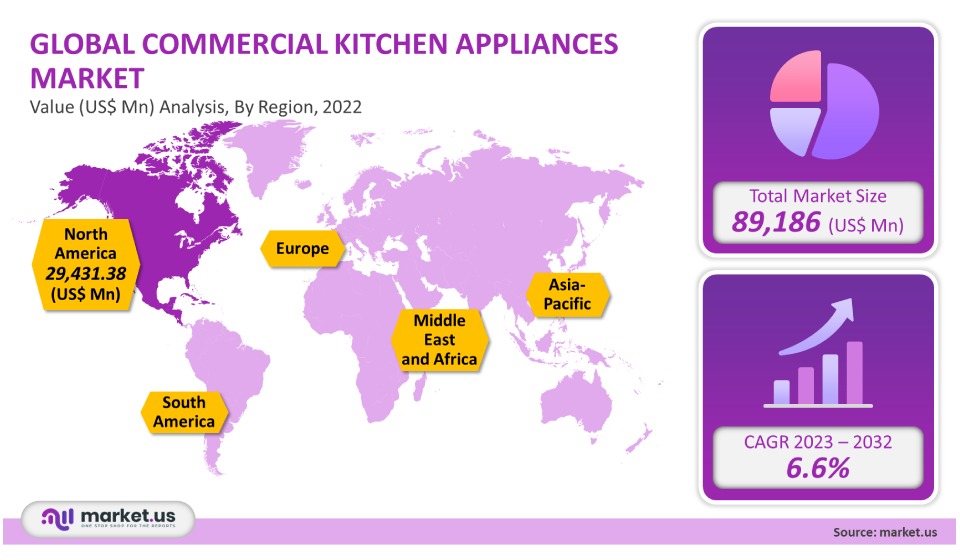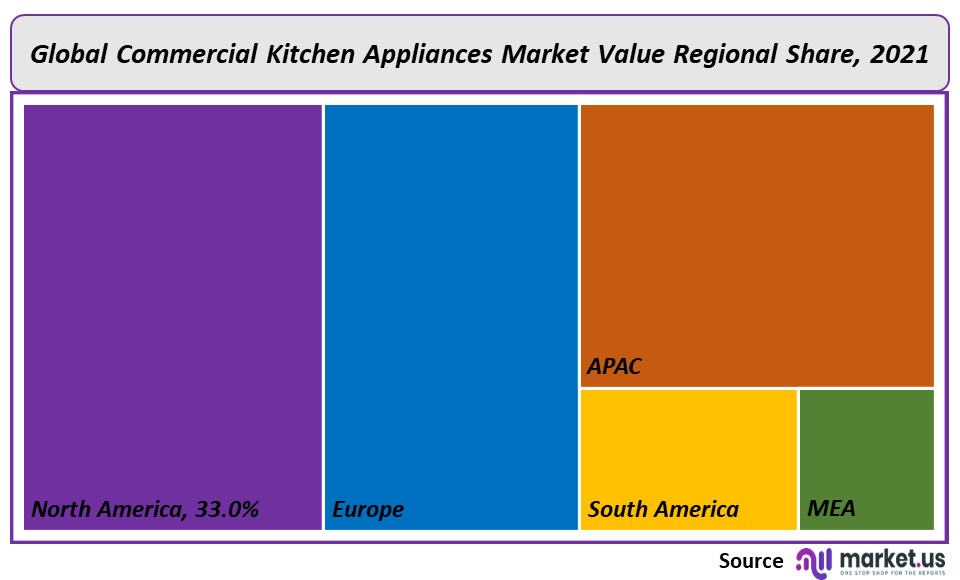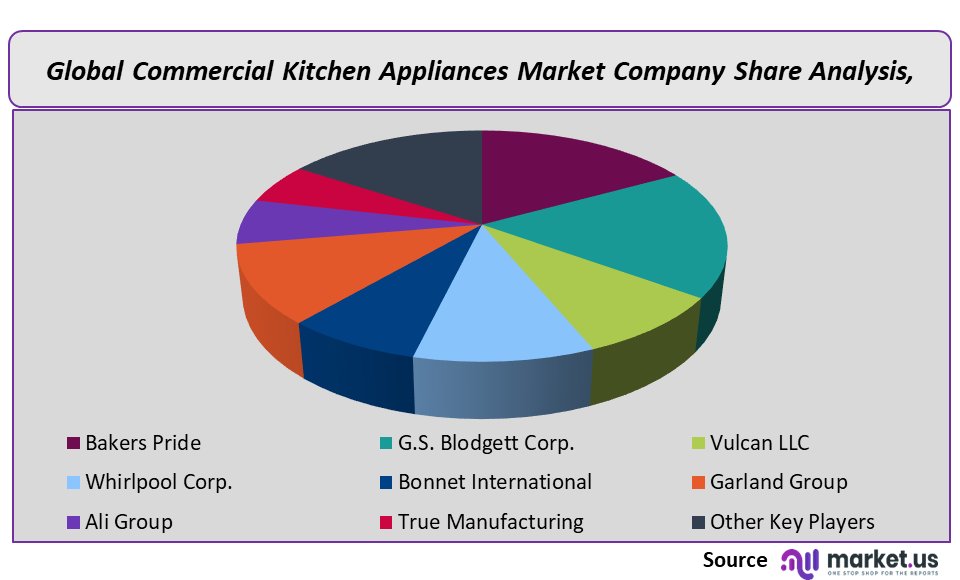Global Commercial Vehicle Market By Product Type (Heavy Trucks, Light Commercial Vehicles (LCVs), and Buses & Coaches), By End-Use (Industrial, Passenger Transportation, Mining & Construction, Logistics, and Other End-Uses), By Region and Companies - Industry Segment Outlook, Market Assessment, Competition Scenario, Trends and Forecast 2022-2032
- Published date: Dec 2021
- Report ID: 67446
- Number of Pages: 231
- Format:
- keyboard_arrow_up
Commercial Vehicle Market Overview
The global commercial vehicle market was valued at US$ 11,74,500 million in 2021. It is expected to grow at a compound annual rate (CAGR) of 4.5% between 2023 and 2032.
The COVID-19 pandemic impacted the automotive industry. This market saw a decrease in growth due to low sales and new requirements. The change is expected to be fueled by the implementation of vehicle scrappage programs and aggressive infrastructure investments, and rural development.
Global Commercial Vehicle Market Scope:
Product Type Analysis
In 2021, the highest revenue share was 74.3% for light commercial vehicles (LCVs). LCVs can transport goods and passengers at a very affordable cost. LCVs have many tax advantages and help reduce emissions. These vehicles can also be modified to transport goods or passengers. These vehicles are also very cost-effective, which will boost the segment’s growth.
From 2023 to 2032, the buses and coaches market is expected to grow at 3.4%. This growth can be attributed largely to the increased use of coaches and buses in the tourism and healthcare industries. Coaches and buses are the most economical mode of transport, which drives their sales. This segment is expected to grow due to the growing use of electric buses in developing and developed countries.

End-Use Analysis
27.1% of total commercial vehicle market volume in 2021 was accounted for by the logistics segment. The growth of global trade and the strengthening of the logistics infrastructure will be key factors driving the segment’s growth over the forecast period. The steady growth of the e-commerce industry is a positive sign for the growth and development of the logistics segment.
From 2023 to 2032, the revenue-based CAGR for passenger transportation will exceed 4.8%. This is expected to increase the demand to buy commercial vehicles. People find public transportation more efficient than commuting by car, and it is well-developed in urban areas. Accessibility and affordability of passenger transport are key factors in the growth of the passenger transportation market.
Кеу Маrkеt Ѕеgmеntѕ
By Product Type
- Heavy Trucks
- Light Commercial Vehicles (LCVs)
- Buses & Coaches
By End-Use
- Industrial
- Passenger Transportation
- Mining & Construction
- Logistics
- Other End-Uses
Market Dynamics:
Growth is also expected to be driven by the resumption in some areas of the world of mining activities, which has triggered the need for tippers. Market growth is also expected to be aided by the increasing disposable income of both developed and developing countries, and continued infrastructure development.
Commercial vehicle manufacturers are now developing vehicles that lower carbon emissions due to rising awareness. Manufacturers are developing innovative designs for vehicles, including reducing their size and load factors, as well as customizing their vehicles to meet weight regulations.
Automakers also consider infrastructure conditions, driver techniques, and weather management when developing vehicles. This requires a lot of investment in research and development to manufacturing such vehicles. This is why the government, private, and public sectors need to take policy actions and invest in these vehicles. These initiatives will help manufacturers reduce production and operation costs.
Additionally, the demand for commercial vehicles of all sizes has increased in order to facilitate e-commerce and logistics. Logistics has evolved from being a service provider to providing customer-centric solutions. This has led to an increase in the demand for commercial vehicles for transport purposes.
Regional Analysis
Asia Pacific’s regional market will grow at a 5.7% CAGR over the forecast period. The Asia Pacific accounted for over 37.2% of the total revenue share. This is due to the increasing regional demand for transport, warehousing, and unified logistic solutions. The strengthening of road infrastructure, the easy availability of cost-effective labor, and raw materials, as well as the increasing number of manufacturing facilities opening up in developing countries like China and India, are all factors expected to help the region grow.
North America’s highly integrated supply chain network connects consumers and manufacturers efficiently via multiple transport modes. This includes freight rail, air, and express delivery services, maritime transport, and truck transport. It is a key factor in the region’s growth. The region’s growth is expected to be aided by the availability of financing options that are convenient, the strong focus of the governments of the region on ensuring in-house production of automobiles, and aggressive infrastructure investments.

Key Regions and Countries covered іn thе rероrt:
- North America
- US
- Canada
- Mexico
- Europe
- Germany
- UK
- France
- Italy
- Russia
- Spain
- Rest of Europe
- APAC
- China
- Japan
- South Korea
- India
- Rest of Asia-Pacific
- South America
- Brazil
- Argentina
- Rest of South America
- MEA
- GCC
- South Africa
- Israel
- Rest of MEA
Market Share & Key Players Analysis:
As part of their efforts in enhancing their product offerings, the key players who dominated the global market for 2021 put a lot of emphasis on offering advanced products that are based on the most recent technologies. To cement their market position, the companies also pursue strategic initiatives such as regional expansion, mergers, partnerships, collaborations, and strategic acquisitions.
For most market players, organic growth is still the main strategy. Market players are now focusing on expanding product lines by launching innovative products and developing new products. Volvo Trucks, for example, announced in 2021 that production of the new generation heavy-duty trucks, the Volvo FH, and FH16 models, was now underway. The company’s production plants in Russia, Belgium, and Sweden will manufacture the new-generation heavy-duty trucks. The following are some of the major players in the global market for commercial vehicles:

Маrkеt Кеу Рlауеrѕ:
- Ashok Leyland
- Bosch Rexroth AG
- Daimler
- Volkswagen AG
- Toyota Motor Corporation
- Mahindra and Mahindra
- TATA Motors
- AB Volvo
- Golden Dragon
- General Motors
- Other Key Players
For the Commercial Vehicle Market research study, the following years have been considered to estimate the market size:
Attribute Report Details Historical Years
2016-2020
Base Year
2021
Estimated Year
2022
Short Term Projection Year
2028
Projected Year
2023
Long Term Projection Year
2032
Report Coverage
Competitive Landscape, Revenue analysis, Company Share Analysis, Manufacturers Analysis, Volume by Manufacturers, Key Segments, Key company analysis, Market Trends, Distribution Channel, Market Dynamics, COVID-19 Impact Analysis, strategy for existing players to grab maximum market share, and more.
Regional Scope
North America, Europe, Asia-Pacific, South America, Middle East & Africa
Country Scope
United States, Canada and Mexico, Germany, France, UK, Russia and Italy, China, Japan, Korea, India and Southeast Asia, Brazil, Argentina, Colombia etc.Saudi Arabia, UAE, Egypt, Nigeria and South Africa
Frequently Asked Questions (FAQ)
Q: What is the size of the commercial vehicle market in 2021?A: The Commercial vehicle market size is US$ 11,74,500 million in 2021.
Q: What is the projected CAGR at which the Commercial vehicle market is expected to grow at?The Commercial vehicle market is expected to grow at a CAGR of 4.5% (2023-2032).
Q: List the segments encompassed in this report on the Commercial vehicle market?Market.US has segmented the Commercial vehicle market by geographic (North America, Europe, APAC, South America, and Middle East and Africa). By Product Type, the market has been segmented into Light Commercial Vehicles (LCVs), Heavy Trucks, and Buses & Coaches. By End-Use, the market has been further divided into, Industrial, Mining & Construction, Logistics, Passenger Transportation, and Other End-Uses
Q: List the key industry players of the Commercial vehicle market?Ashok Leyland, Bosch Rexroth AG, Daimler, Volkswagen AG, Toyota Motor Corporation, Mahindra and Mahindra, TATA Motors, AB Volvo, and Other Key Players engaged in the Commercial Vehicle market
Q: Which region is more appealing for vendors employed in the Commercial vehicle market?APAC is expected to account for the highest revenue share of 37.2%. Therefore, the Commercial Vehicle Technology industry in APAC is expected to garner significant business opportunities over the forecast period.
Q: Name the key areas of business for Commercial vehicle?India, China, The US, Canada, UK, Japan, & Germany are key areas of operation for the Commercial Vehicle Market.
Q: Which segment accounts for the greatest market share in the Commercial vehicle industry?With respect to the Commercial vehicle industry, vendors can expect to leverage greater prospective business opportunities through the light commercial vehicles (LCVs) segment, as this area of interest accounts for the largest market share.
![Commercial Vehicle Market Commercial Vehicle Market]()
- Ashok Leyland
- Bosch Rexroth AG
- Daimler
- Volkswagen AG
- Toyota Motor Corporation
- Mahindra and Mahindra
- TATA Motors
- AB Volvo
- Golden Dragon
- General Motors
- Other Key Players
- settingsSettings
Our Clients
|
Single User
$5,999
$2,999
USD / per unit
save 50% |
Multi User
$7,999
$3,499
USD / per unit
save 55% |
Corporate User
$12,999
$4,499
USD / per unit
save 65% | |
|---|---|---|---|
| e-Access | |||
| Data Set (Excel) | |||
| Company Profile Library Access | |||
| Interactive Dashboard | |||
| Free Custumization | No | up to 10 hrs work | up to 30 hrs work |
| Accessibility | 1 User | 2-5 User | Unlimited |
| Analyst Support | up to 20 hrs | up to 40 hrs | up to 50 hrs |
| Benefit | Up to 20% off on next purchase | Up to 25% off on next purchase | Up to 30% off on next purchase |
| Buy Now ($ 2,999) | Buy Now ($ 3,499) | Buy Now ($ 4,499) |









